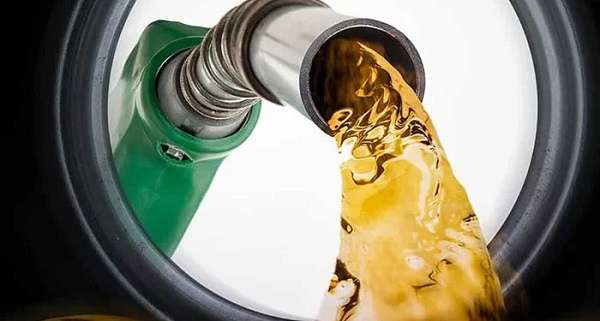The Institute for Energy Security (IES) through its projections has assured motorists to expect a 9 to 15 percent reduction in the pump price of fuels.
IES disclosed that, with the continued price falls recorded on the international market over this month’s first pricing window, coupled with current increase in the value of the cedi, consumers are relatively assured to see further price relief at the pumps in the second pricing window for December.
There should be a drop in petrol by 9.02%, diesel by 8.08% and LPG by 7.38%. This will result in domestic oil marketing companies reducing their prices, it stated.
Consequently, IES said it foresees the price of various finished products reducing between 9 percent and 15 percent.
According to them, the energy think-tank said the expected price drops will be significant due to the cedi’s 6.60% appreciation against the US dollar. This means the new prices will fall around GH¢13 and GH¢16 per litre for petrol and diesel respectively, and GH¢12 per kilogramme for LPG, it added.
“The first pricing-window of December 2022 saw international market prices fall, reflecting on the domestic fuel market positively at all OMCs monitored by the Institute for Energy Security.
“The price reductions seen over the first half of December 2022 pegs the national average price per litre of petrol at GH¢15.16 from GH¢16.31, representing a 7.05 percent reduction over the period. Diesel’s national average price per litre moved from GH¢19.86 to GH¢18.78, falling roughly 5.44 percent.”
Institute for Energy Security (IES)

Performance on the World fuel market, Local Forex And The World oil market
The global Standard & Poor’s (S&P’s) Platt averages monitored over the last pricing-window indicated that, the price of petrol continued to fall, with price in the period under review dropping by 9.02 percent from US$838.78 per metric tonne to US$763.10 per metric tonne.
In relation to the local forex, data from the IES Economic Desk captured from the foreign exchange (Forex) market over the last two weeks showed that, local currency has made gains by appreciating 6.60% against the US dollar.
International crude oil benchmark Brent fell by 8.09% in price over the previous window’s average price of US$89.11 per barrel, to the present average price of US$81.90 per barrel.
Despite the recent decision of the Organization of the Petroleum Exporting Countries (OPEC) and its allies to continue reducing supplies, Oil prices dropped to their lowest point of the year in this window as concerns about a worldwide recession trumped supply restriction.
IES as well revealed that, global oil prices have tumbled more than 20 percent as the threat to production from the G7 Russia price-cap has receded, allowing traders to refocus on the deteriorating outlook for consumption.
Brent futures prices have slumped to less than US$77 per barrel from a recent high over US$98 just a month ago in early November, it stated.
IES concluded by designating that, oil prices could witness further downtrend in the new window as recession fears continue to fuel demand concerns, with the European price-cap on Russian oil remaining a source of uncertainty.
Read Also : Ghana: Toxics Exposure Violating Human Rights, Urgent Action Needed, UN Expert Says




















